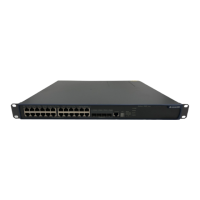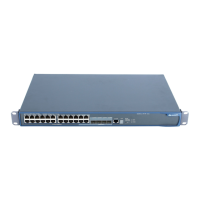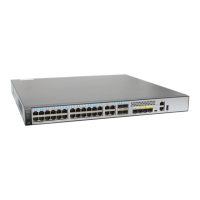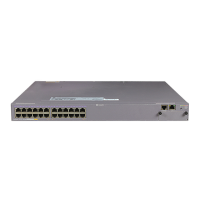Operation Manual – Multicast Protocol
Quidway S5600 Series Ethernet Switches-Release 1510 Chapter 1 Multicast Overview
Huawei Technologies Proprietary
1-3
Multicast solves this problem. When some users on a network require specified
information, the multicast information sender (namely, the multicast source) sends the
information only once. With tree-type routes established for multicast data packets
through a multicast routing protocol, the packets are duplicated and distributed at the
nearest nodes as shown in
Figure 1-3:
Server
Multicast
User A
User B
User D
User E
Figure 1-3 Information transmission in the multicast mode
Assume that users B, D and E need the information. To transmit the information to the
right users, it is necessary to group users B, D and E into a receiver set. The routers on
the network duplicate and distribute the information based on the distribution of the
receivers in this set. Finally, the information is correctly delivered to users B, D, and E.
The advantages of multicast over unicast are as follows:
z No matter how many receivers exist, there is only one copy of the same multicast
data flow on each link.
z With the multicast mode used to transmit information, an increase of the number
of users does not add to the network burden remarkably.
The advantages of multicast over broadcast are as follows:
z A multicast data flow can be sent only to the receiver that requires the data.
z Multicast brings no waste of network resources and makes proper use of
bandwidth.
In the multicast mode, network components can be divided in to the following roles:
z An information sender is referred to as a multicast source.
z Multiple receivers receiving the same information form a multicast group.
Multicast group is not limited by physical area.
z Each receiver receiving multicast information is a multicast group member.

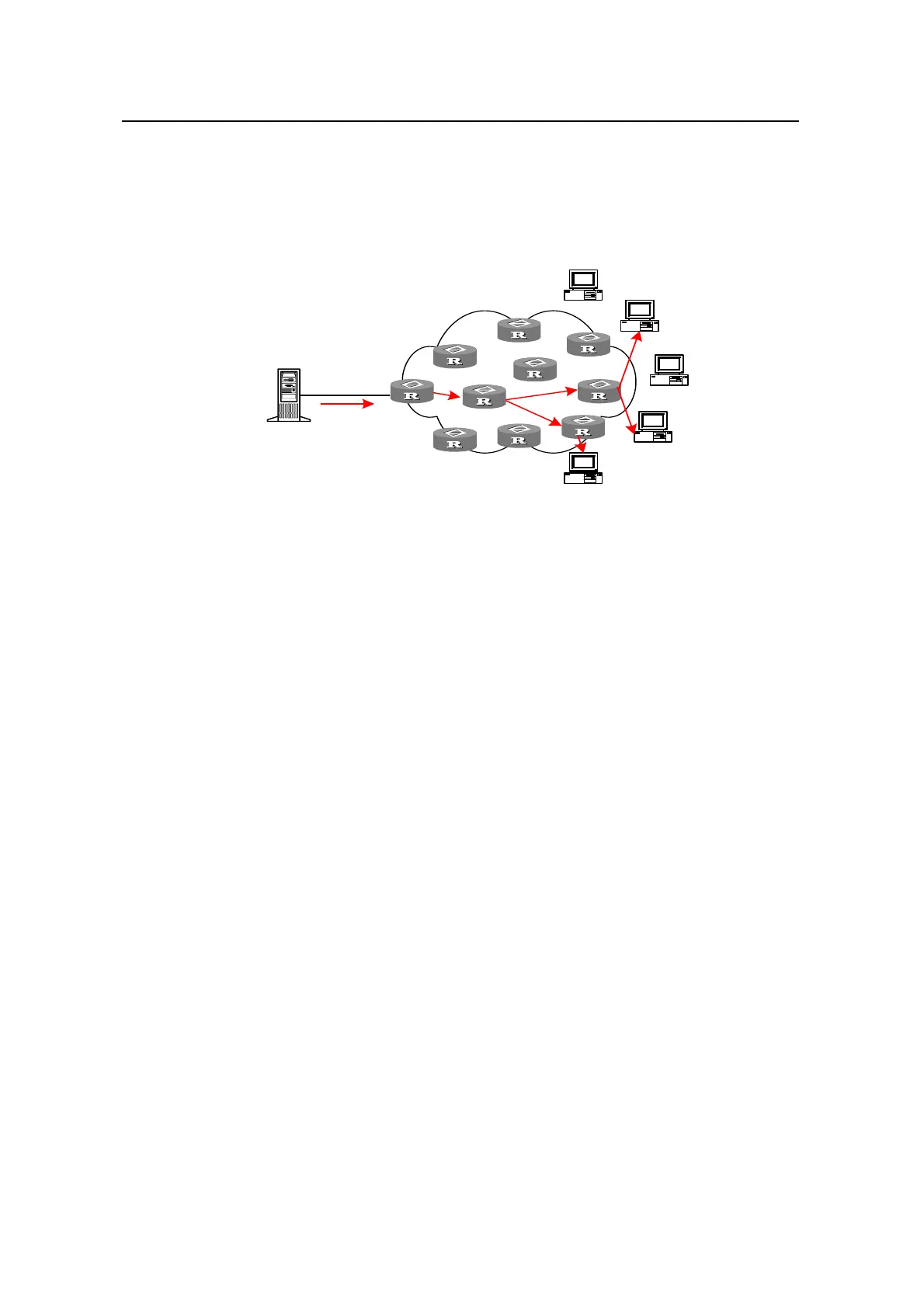